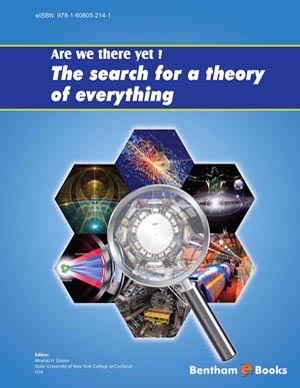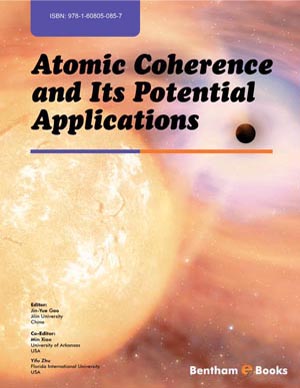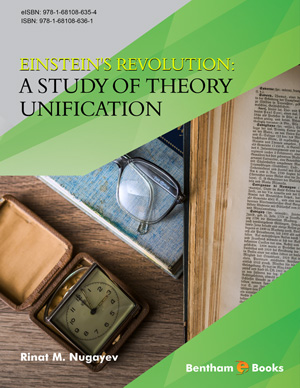Abstract
The aim of this chapter is to give a view about the conditions of crystallization and melting of liquid dispersed within emulsions submitted to a temperature scanning or stored at a fixed temperature. Basic emulsions defined as droplets dispersed in a quasi non miscible liquid and more sophisticated ones as mixed and multiple will be considered. It will be shown that as far the phases are concerned with the state changes are dispersed or divided, the crystallization occurs when the emulsion or the divided system is cooled below, sometimes far below, the melting temperature corresponding to the solid-liquid equilibrium which is observed, on the contrary, without any delay upon heating. The statistical character of the crystallizations of the droplets, driven by the laws of nucleation, will be explained and the probability of crystallization will be defined. Pure dispersed material and binary solutions will be considered. Experiments obtained by using Differential Scanning Calorimetry (DSC) show that the supercooling depends on different parameters such as the volumes and composition of the droplets, and the number and the nature of the freezing-melting cycles. It appears that the smallest the system volume, the highest the concentration, the lowest is the crystallization temperature. Furthermore, for certain dispersed organic compounds, at the crystallization of very supercooled droplets, the appearance of metastable unknown crystalline phases is observed. The temperature and latent heat of transformation between these phases or with classical stable phases are determined and schemes representing the Gibbs free energy explain the succession of possible phase changes.
Keywords: Binary solutions, crystallization model, DSC, emulsions, metastable crystalline phases, mixed emulsions, multiple emulsions, nucleation, organic compounds, supercooling, water.








.jpg)




